
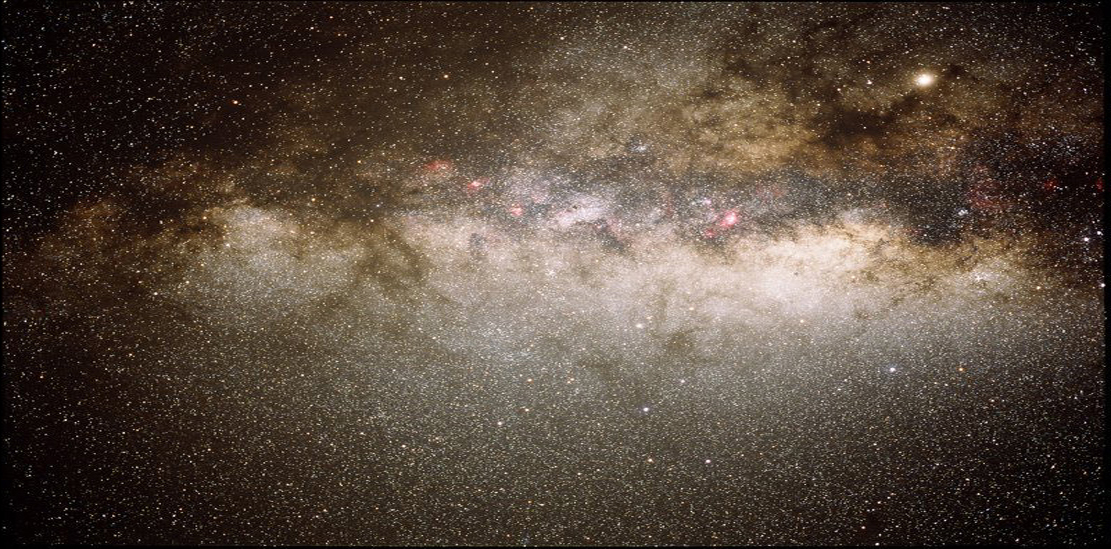

 |
 |
 |
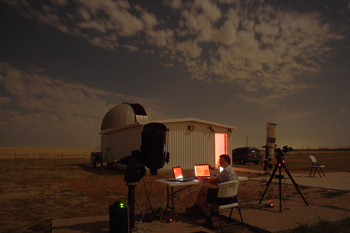 |
OBSERVATORY |
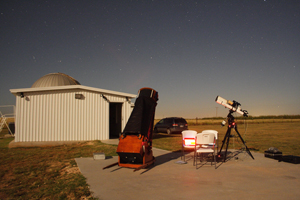 |
The astronomy program here at the Texas Tech University is extremely fortunate to have a state of the art observatory. This facility is used in all astronomy courses as well as for research and occassional public viewing.
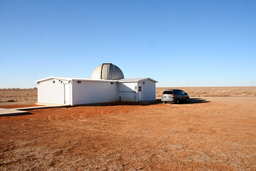
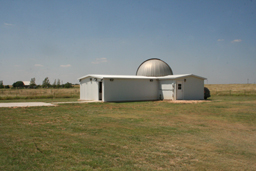
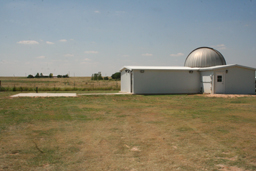
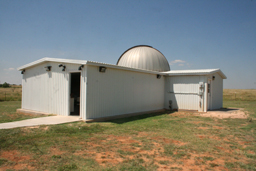
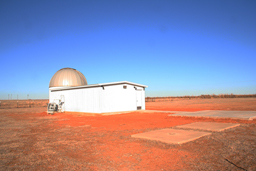
The observatory is situated about 15 miles north of campus, away from the worst of the light pollution of town. Here the skies are dark enough for the Milky Way to be readily visible to the naked eye, and good views of deep-sky objects can be abtained with a telescope.
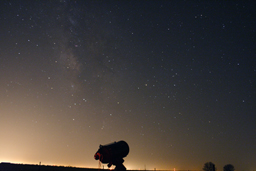
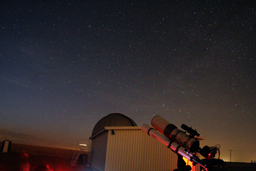
The primary instrument at the observatory is a 20" f/6.8 PlaneWave Dall-Kirkham cassegrain telescope housed in a 6m Sirius dome. Fully computerised, it is used for visual observing in the introductory astronomy courses, and for occassional public viewing. For AS2401 and for research, an SBIG STL-1001XE CCD is attached. Also available is an SBIG SGS spectrograph which has been used in AS 2401 and by some physics students.
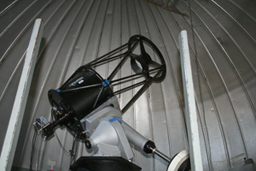
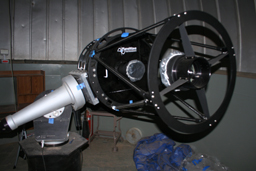
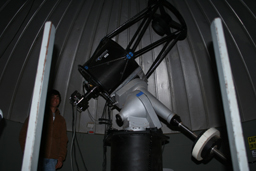
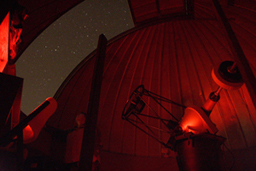
Outside the building is a viewing area, where naked-eye viewing can be undertaken and for classes, several smaller portable telescopes can also be set up. Most of these smaller telescopes are Meade 8" schmidt-cassegrains.
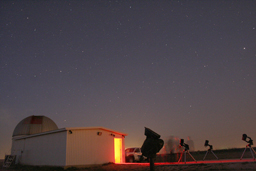
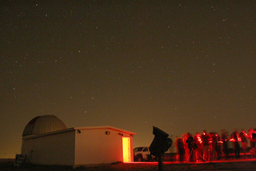
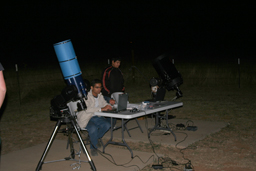
Other telescopes include an 18" dobsonian for visual use and a 14" schmidt-cassegrain and a 5" f/5 refractor for CCD imaging.
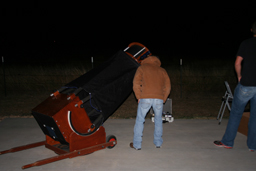
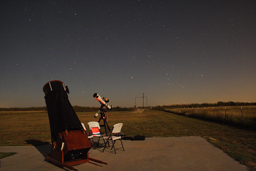
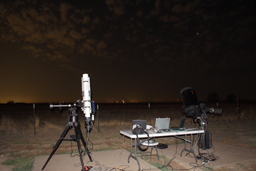
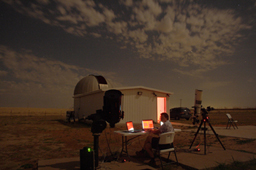
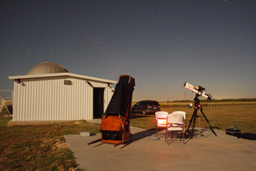
To see student images taken with the telescopes click here
Future plans for the observatory call for the construction of a roll-off roof building large enough to house 6 telescopes:- 4, 12" schmidt-cassegrains, an 8" schmidt-cassegrain and a 5" refractor. These telescopes will be used primarily for teaching, freeing up the 20" for research, although some student research will be possible with the smaller telescopes. It is hoped that this facility will be opperational by spring 2013. Any students interested in undertaking research projects are invited to contact Dr Maurice Clark. email maurice.clark@ttu.edu.